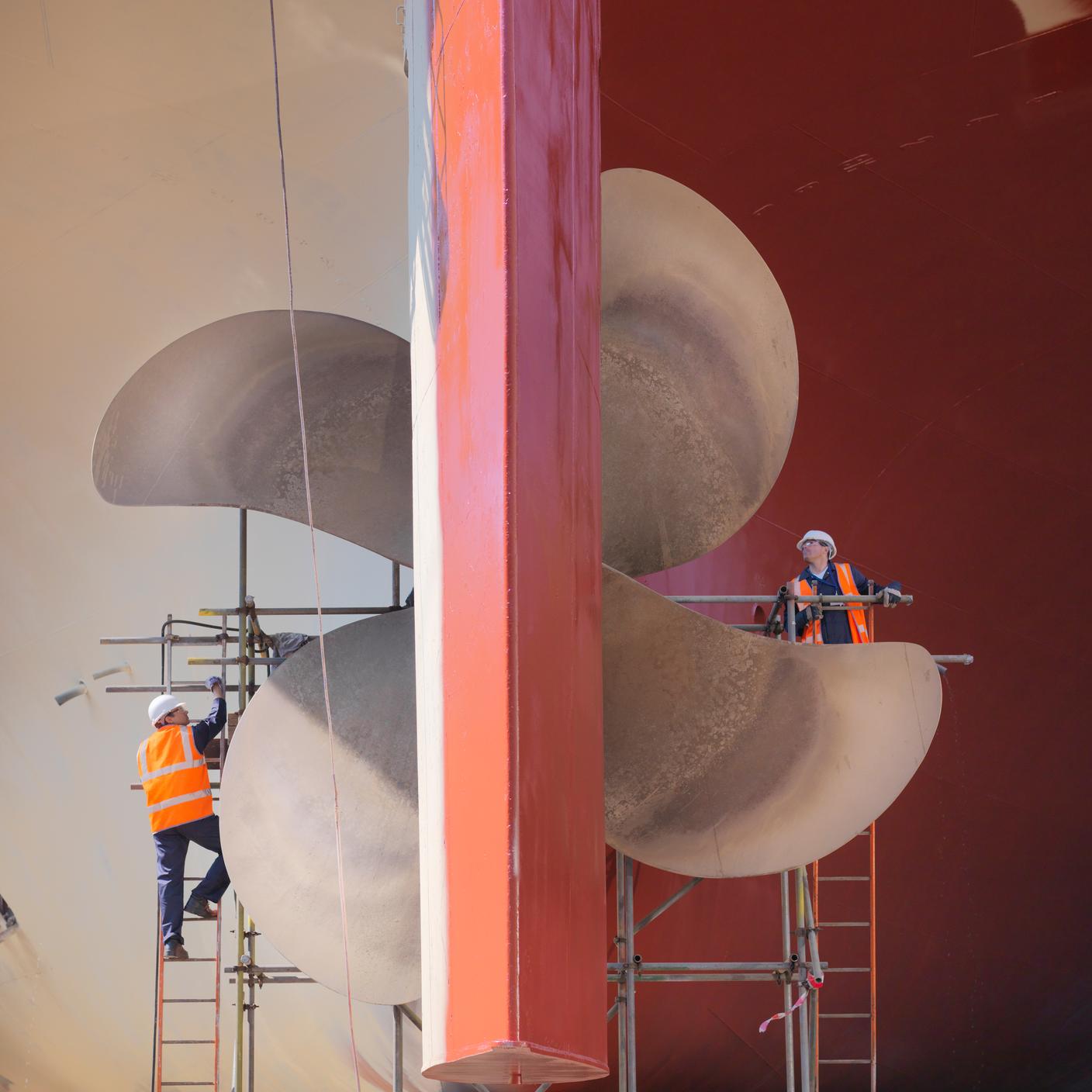Addressing environmental liabilities, reducing accidents, safeguarding reputation, and boosting financial health
When a company begins to review its remediation efforts to address environmental liabilities, there are far more aspects to consider than just compliance. Regulations and requirements must be met of course, but beyond that are the complexities of mitigating your company’s risk:
-
Risk of a catastrophic accident or event
-
Risk of fatalities and injuries
-
Risk of negative environmental impact
-
Risk of financial loss
-
Risk of consumer trust and brand reputation
In other words, taking action after an accidental incident or release occurs isn’t enough. Remediation is no longer just the clean-up crew. Recognizing, managing, and possibly eliminating hazards before an incident occurs can financially improve your bottom line. A successful, sustainable, and profitable business plan requires being proactive, not reactive.
Let’s look at branding, for example. Corporate reputation, while seemingly intangible, is a company’s most powerful asset.The way customers, employees, and the public feel about a business is often far more valuable than the services it offers. If an environmental event occurs, it won’t matter how many years a company previously operated with a perfect compliance record. Neither will the amount of money and effort put toward preservation and future environmental programs. Consumers remember headlines: industrial explosions, chemical releases, hazardous waste spills. They remember only the injuries, the lingering toxins, and the damage caused, whether real or perceived.
The long-term repercussions to the company can be devastating potentially, leaving behind a legacy of liability. When it comes to environmental issues, perceptions become realities. Understanding your environmental liabilities and actively planning for both realities and perceptions is critical to protect your company and mitigate your risks.
Brand reputation protection is a small part of risk mitigation. As environmental, social and governance (ESG) concerns remain a top focus in corporate planning, they are quickly becoming the performance metrics of an organization’s overall success. An essential part of a good sustainability program is managing and reducing risks.
With that, there are opportunities to turn remediation efforts into corporate profits instead of what has been historically viewed as a financial drain through proactive environmental liability management. Implementing these initiatives requires changing the way your company approaches issues like:
- Financial Reserves: are there opportunities to free up capital by reducing reserves?
- Environmental Due Diligence: can you negotiate a better transaction through environmental liability understanding and management?
- Regulatory Compliance: can you use your strong ESG programs to boost sales?
- Long-term Site Management: are there opportunities to generate revenue exceeding your costs on O&M sites?
In our upcoming series emphasizing strategic planning and environmental risk mitigation, we’ll cover different aspects of the remediation portfolio life cycle and why thinking outside the box can turn traditional environmental liabilities into opportunities for your business.








